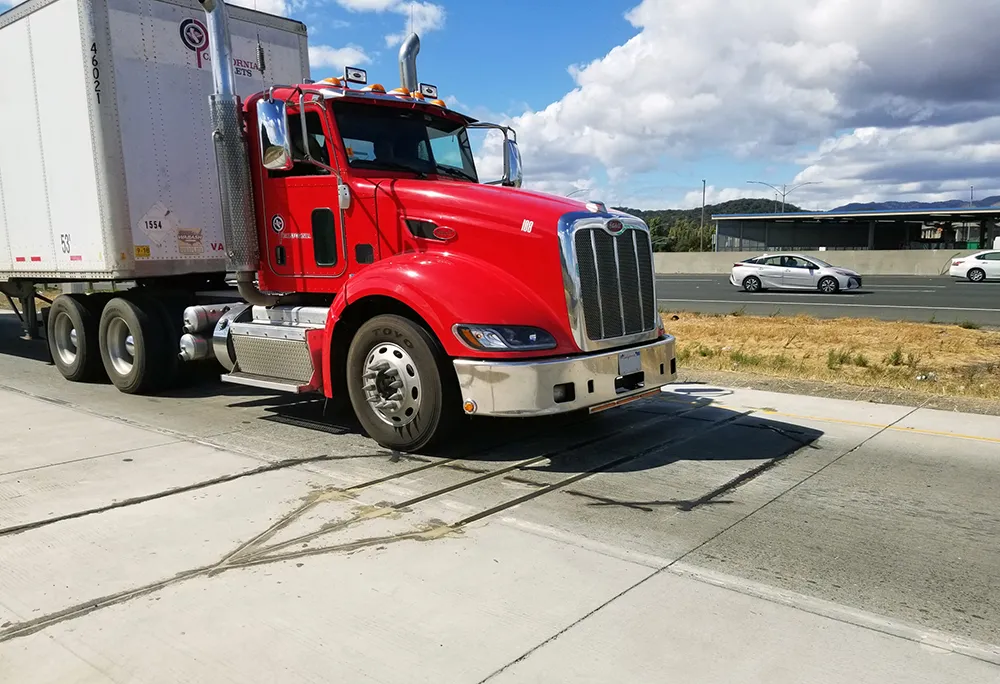International Road Dynamics (IRD) is to supply the Hawaii Department of Transportation (HDOT) with its continuous traffic monitoring (CTM) data collection systems in a contract worth around US$5.4 million. CTM systems collect traffic volume, speed, vehicle classification, and weight data to support HDOT’s continuous traffic monitoring program on the state’s highways. The contract covers the supply, operation and maintenance of the CTM systems, together with data services that include the provision for real-
July 1, 2013
Read time: 2 mins
CTM systems collect traffic volume, speed, vehicle classification, and weight data to support HDOT’s continuous traffic monitoring program on the state’s highways.
The contract covers the supply, operation and maintenance of the CTM systems, together with data services that include the provision for real-time display via web access.
Seventy-two permanent traffic monitoring sites currently in operation on six of the eight major islands will be incorporated into this project. More sites will be added during the term of the project. The sites and the data collected will be consistent with guidelines published in the current
Terry Bergan, IRD's president and chief executive officer commented: “This project is another example of our drive to build long-term partnerships with our valued customers and our goal to increase our recurring maintenance and data services business. We are proud of our positive ongoing relationship with the Hawaii Department of Transportation."










